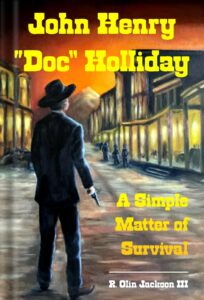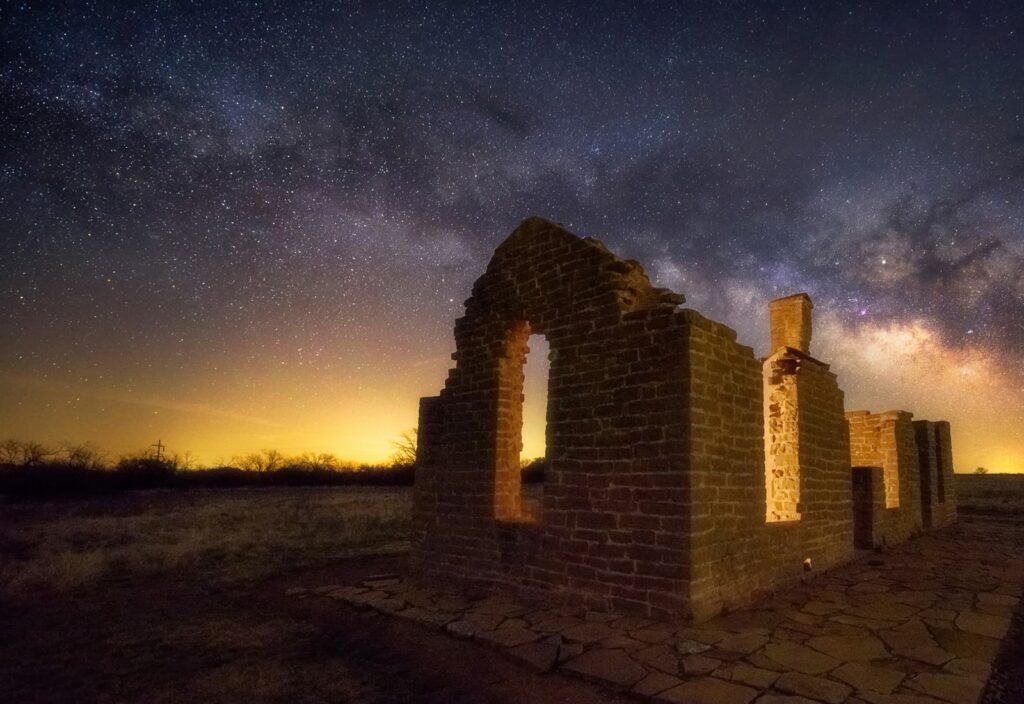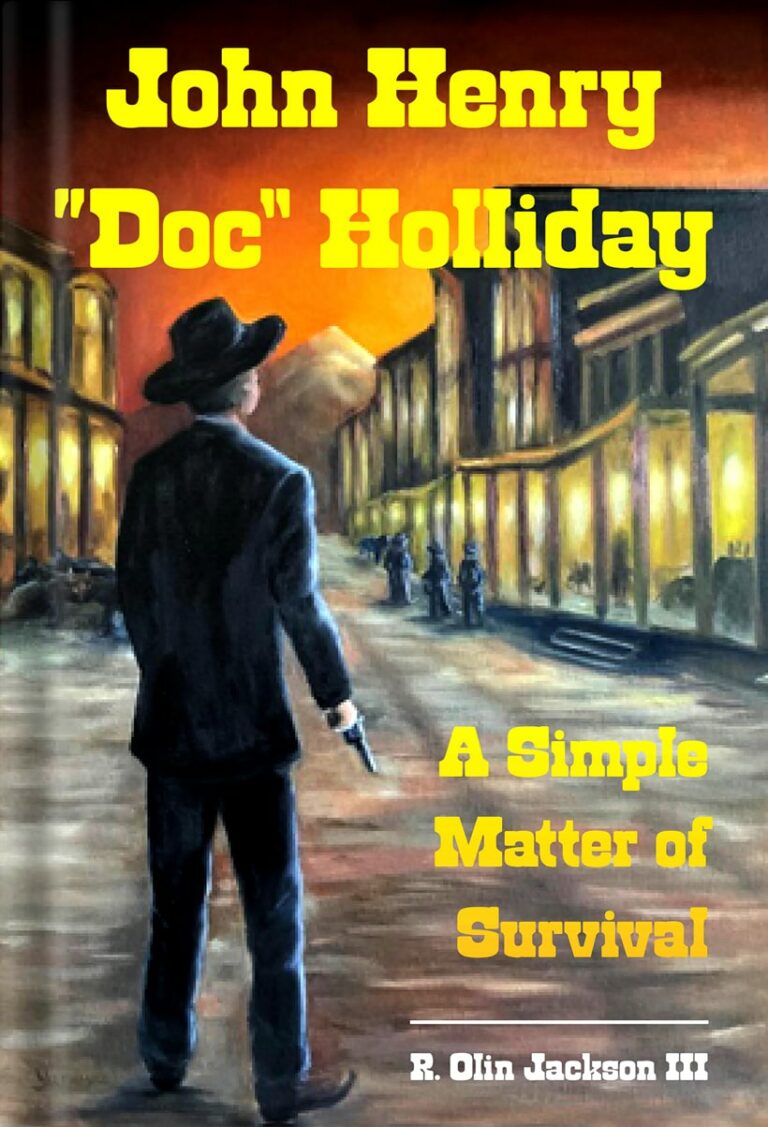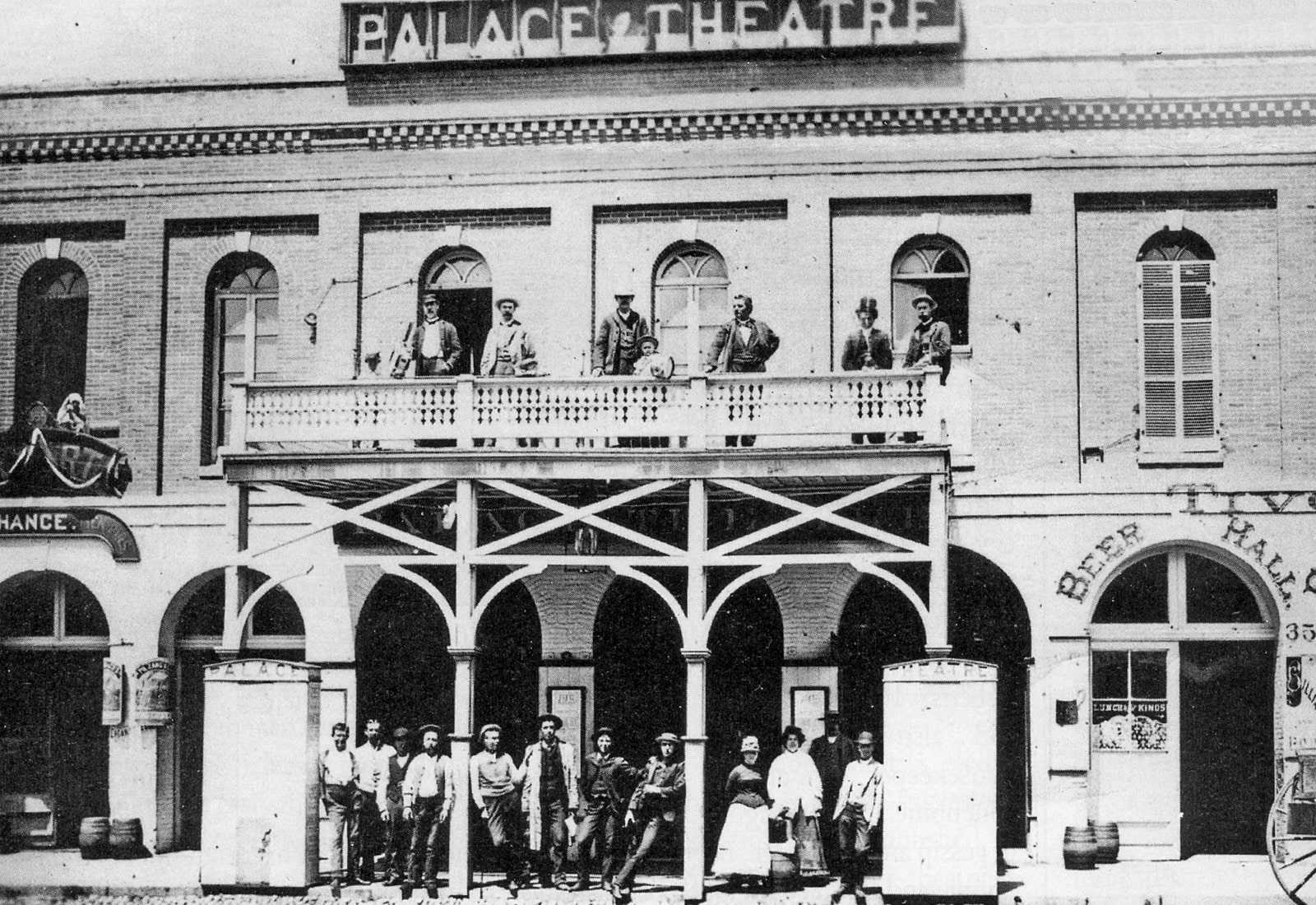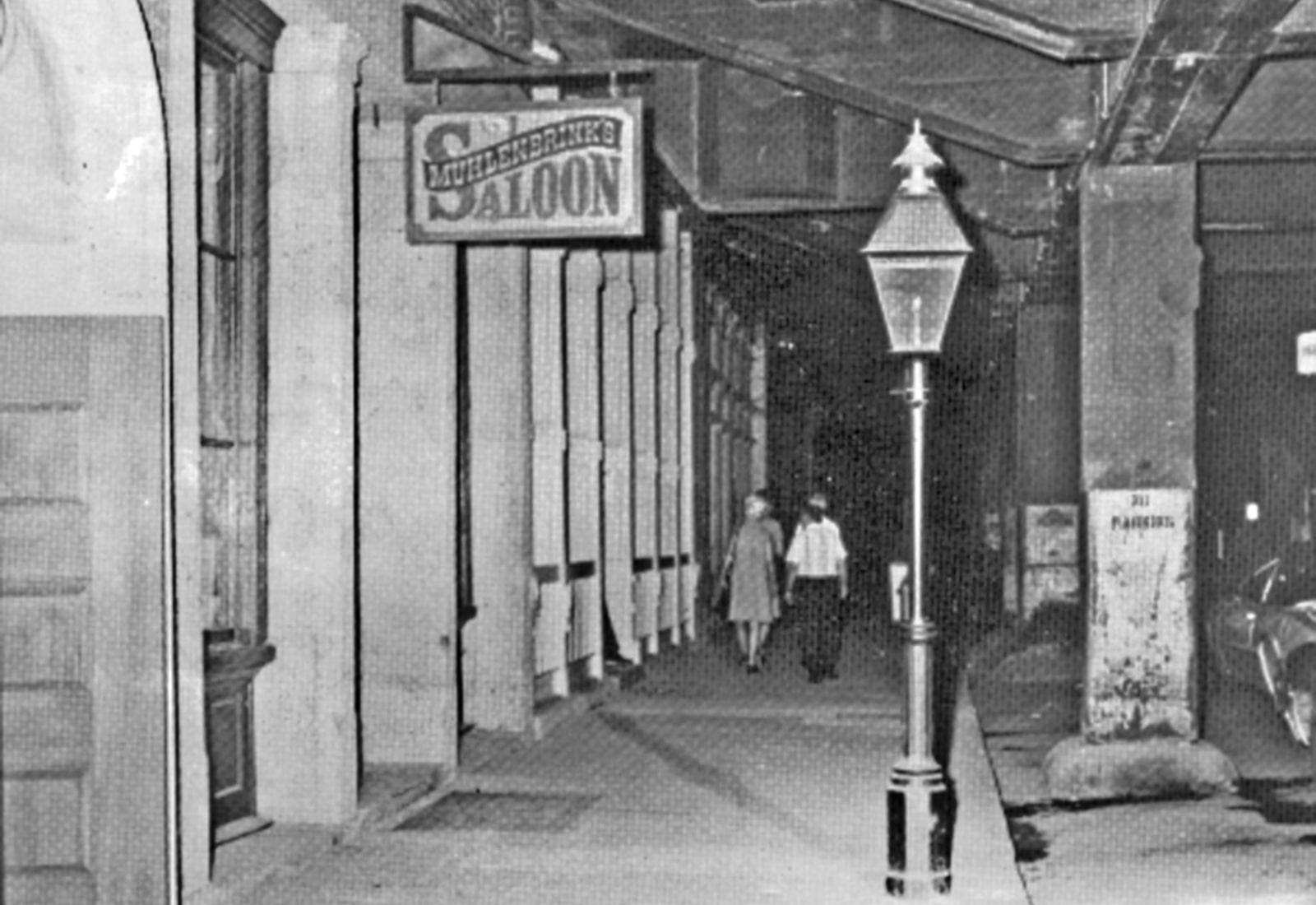The Georgia native was involved in numerous affrays in the Old West over the years, and didn’t hesitate to defend himself – usually to great advantage. Nevertheless, many shootings attributed to Doc Holliday either never happened at all, or were simply done by other individuals.
John Henry Holliday was born and raised in the Georgia towns of Griffin and Valdosta. His early life was characterized mainly with the modest, refined and educated life of a Southern gentleman. During these formative years, young John Henry – aside from boyhood pranks – was involved in few if any altercations, and was never involved in any incidents involving gunfights.
Following his diagnosis of tuberculosis and his subsequent relocation to states/territories in the American West, however, the circumstances changed. In stature and muscular development, John Henry at best was a slight and somewhat weak-appearing individual, and his tuberculosis made him even more vulnerable. The Old West was populated by and large with rawhide tough, desperate, and dangerous men, many of whom were constantly seeking an opportunity to establish a reputation, particularly if they could bully another individual.
The weak-appearing John Henry Holliday just naturally became a target of these bullies. It also didn’t help matters that the Georgian developed a proclivity for alcohol, gambling, and the saloons in which these vices could be obtained, often becoming inebriated and quarrelsome. It was these circumstances which led to many of his conflicts, since, despite his small stature, John Henry was always “game” for a fight if someone wished to press the issue.
In the instances in which John Henry was challenged, he was anything if defenseless. He carried with him almost constantly several deadly weapons, and didn’t hesitate to use them – usually to great success. He was a “dead-shot” with a sidearm, having honed the skill during his youth and into his young adulthood. He also learned to hide and quickly retrieve for use a small knife which he carried with him at all times. Anyone who chose to attempt to assault or bully John Henry Holliday – particularly in his early years out West – had made a serious mistake.
Over the years, as legends grew throughout the Old West, the reputations of many noted gunmen invariably exceeded the actual circumstances of their experiences quite significantly. John Henry “Doc” Holliday was no exception, being credited with many more shootings and deaths than the ones with which he was actually involved. . . but that did not in any way diminish the fact that he had successfully defended himself on numerous occasions.
According to Karen Holliday Tanner (Doc Holliday: A Family Portrait, University of Oklahoma Press, 1998) who has extensively researched the experiences of her famous forebear, Doc can be documented as having been involved in four affrays in which no fatalities occurred:
A gunfight with Charles Austin in Dallas, Texas;
A gunfight with Henry Kahn in Breckenridge, Colorado;
A gunfight with Milt Joyce in Tombstone, Arizona;
A gunfight with Billy Allen in Leadville, Colorado.
Though none of the above shootings involved any fatalities, all resulted in wounded participants – none with the name of Holliday.
Doc was indicted in the Austin case and found “Not Guilty.”
In the Henry Kahn shooting, Doc was fined, but not charged.
In the shooting incident with Milt Joyce a charge of “Assault with a Deadly Weapon with Intent to Kill” was dismissed, and for the misdemeanor charge of “Assault and Battery” Doc paid a $20 fine.
In the Billy Allen shooting, Holliday, surprisingly, was charged with “Assault with Intent to Commit Murder,” a slightly more serious offense. He was jailed and his bail set at $5,000.00.
In an earlier day, the gunman from Georgia might have easily raised a $5,000.00 bail, but by the time of his days in Leadville, the ex-dentist was a pauper, living virtually hand-to-mouth, and $5,000.00 was an impossibly high amount for him to raise.
Despite his oft-abrasive personality, Holliday seemed to consistently cultivate a coterie of close friends willing to help him in times of need. Two of these – John G. Morgan and Samuel Houston, co-owners of the Board of Trade Saloon in Leadville, arrived the morning following his incarceration and posted his bail.
In the trial that followed, a number of eye-witnesses testified to the threats that had been issued at Doc by Allen, and the circumstances of the shooting that had followed. Doc took the stand on his own behalf and explained the details of the incident.
“I saw Allen coming in with his hand in his pocket, and I thought my life was as good to me as his was to him,” Holliday explained in his courtroom testimony. I fired the shot and he fell on the floor, and (I) fired the second shot; I knew that I would be a child in his hands if he got hold of me; I weigh 122 pounds; I think Allen weighs 170; I have had pneumonia three or four times. I don’t think I would have been able to protect myself against him.”
The jury ultimately returned a verdict of “Not Guilty” in the case of People vs John Henry Holliday.
There were, however, two additional gunfight incidents which did result in the deaths of Holliday’s opponents:
At Fort Griffin, Texas, Ed Bailey died at Doc’s hand, as did Charlie White in Las Vegas, New Mexico. Despite these deaths, no charges were ever brought against Holliday in these two incidents, so they quite possibly were simply considered obvious cases of self-defense. Both quite likely were more examples of attempts at bullying in which Doc’s attackers came to regret – in their final breaths – their actions.
As a result of her research, Ms. Tanner admits that it quite likely was Doc who ended the days of Old Man Clanton – the leader of the outlaw Clantons in Tombstone, Arizona Territory in the 1880s, but the details of that incident are sketchy since there were no “extant” witnesses.

It is a documented fact that Doc definitely fired the shot that killed Tom McLaury, and he delivered at least one of the three fatal shots which ended the life of Frank McLaury in the October 26, 1881 shooting near the O.K. Corral in Tombstone, AZ. In this famed Tombstone incident which lasted all of 30 seconds, Ike Clanton, brother to the deceased Billy Clanton who died along with Tom and Frank McLaury, filed murder charges against Virgil, Wyatt and Morgan Earp and John Henry Holliday on October 30, 1881.
In an unusual preliminary hearing for the murder charges, Tombstone Justice of the Peace Wells Spicer heard testimony from a large number of witnesses during the next 30 days, and ultimately concluded there was no basis for a trial. Although he criticized Virgil Earp’s use of Wyatt and Holliday as deputies, he concluded that no laws had been violated.
And finally, Doc may or may not have been involved in other killings during what later came to be known as “the Vendetta Ride,” when Wyatt and Warren Earp, Doc, Texas Jack Vermillion, Turkey Creek Jack Johnson, Dan Tipton and others sought out the assassins of Morgan Earp and the individuals who attempted to kill Virgil Earp. These vigilante – but necessary – actions ended forever the days of the organized gang of outlaws which had frequented the Tombstone area in the 1870s and early 1880s.
So, if one adds up the obvious cases of record, John Henry Holliday can be credited with ending the lives of at least four men – and quite possibly more, since he was responsible for at least one of the three fatal wounds in Frank McLaury, and he was involved in the Vendetta Ride which definitely resulted in other deaths of unspecified numbers.
Holliday can also be credited with wounding at least five other individuals. Collectively, in the known gunfights in which he was involved, approximately 10 individuals were either killed or wounded.
